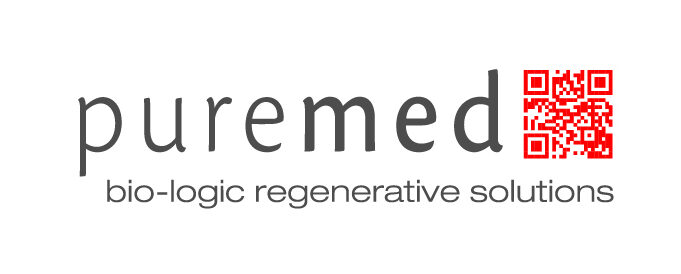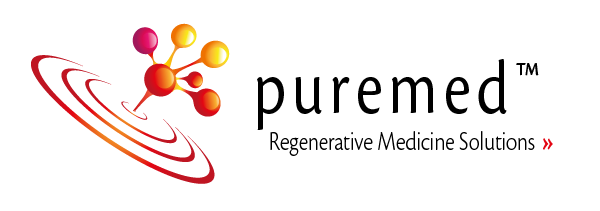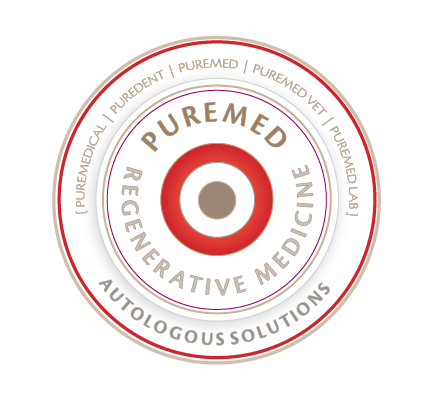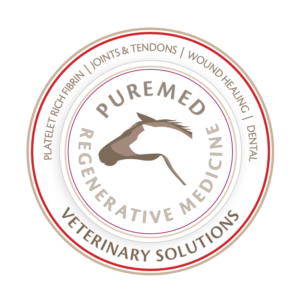
Introduction to Pure Facial Aesthetics
– regenerative medicine for pure anti-aging treatments
The foundation of Pure Facial Aesthetics rests on utilizing the body’s regenerative potential to reduce aging processes at the cellular level by involving patient growth factors and stem cells in biological anti-aging treatment.
Technologies
Pure Facial Aesthetics encompass two different technologies to access the patient’s regenerative cells, growth factors, and stem cells. The population composition of the regenerative cells and their numbers depend on the extraction method and technology used.
Both technologies can be used together or separately.
Cells retrieved from the patient’s bloodstream:
The latest generation of cellular isolation and growth factors from the bloodstream is PRF – Platelet Rich Fibrin – based on collecting and isolating all the cells involved in the healing processes. PRF provides easy access to many cells that, for a prolonged time, stimulate the area they are placed in. In an anti-aging context, PRF offers the opportunity to boost healing processes and vascularization, thereby increasing rejuvenation outcomes for techniques such as augmentations, mesotherapy, and skin boosting.
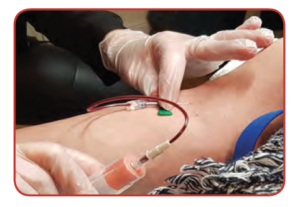
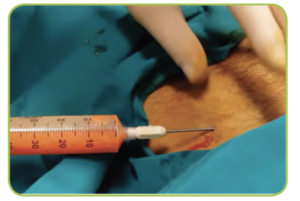
Cells from the patient’s adipose tissue:
Adipose tissue has an extremely high content of regenerative cells and holds the most significant amount of adult mesenchymal stem cells in the body. Adipose tissue contains about 1,000 times (or more) stem cells (ADSCs) than bone marrow (BMSCs). Stem cells play an exciting role in anti-aging by increasing the number of multipotent stem cells and stimulating healing and aging processes at a deeper level than conventional techniques.
Biological aging
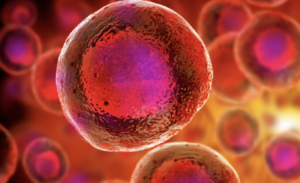
As we age, a growing number of cellular processes are changing, and some are even completely shutting down. We specifically talk of the 9 hallmarks [1] of aging:
All processes involved in human aging affect the body systemically. Thus, there will be a correlation between how our body and cells age across an area, an organ, and even cell types.
Aging is a natural process, which can both be accelerated and slowed down.
Besides genetic factors, some aging processes can be influenced by yourself. Since all hallmarks of aging influence each other, one must limit or reverse the negative processes wherever possible.
The hallmarks: Mitochondrial dysfunction, telomere attrition, cellular senescence, and depletion of the stem cell population are all factors that can be influenced by leading the proper lifestyle.
Exercise and a healthy diet
Exercise and a healthy diet affect the function and selection of mitochondria for the most effective of the kind. This affects the DNA and telomeres of cells, which subsequently affect the life cycle of the somatic2 cells (senescence) and, thus, the size of the body’s population of stem cells. Although a healthy lifestyle is always a step in the right direction, correction can be complex when damage has occurred. A healthy and active life also causes increased wear and tear on the body – not least on the body’s largest body, the skin.
Order our material and read more about this – write to info@puremed.dk.
Liquid PRF injection
Dermatological anti-aging strategy
The principles of a dermatological anti-aging strategy are, besides an increased vascularization of the subcutaneous and cutaneous tissues, based on provoking an increased production of collagen and elastin in the subcutaneous skin as the production of these two matrix proteins decreases with age.
The way in which production of collagen and elastin is increased is either by addition of new stem cells or activation of the remaining stem-, as well as somatic cells.
The changes in protein production are in part due to UV-induced DNA damage to the somatic cells leading to an increased population of senescent [3] cells in the skin, and in part due to a reduction of the stem cell population that could otherwise replace the late and damaged somatic cells.

The inflammatory response
To activate tissue regeneration and the production of matrix proteins, the cells require a stimulus corresponding to physical trauma. Here, injections, derma rollers, or derma guns come into the picture. The stimulation activates an inflammatory response, consisting of both tissue-degrading and tissue-rebuilding processes, and initiates an entire cascade of cell signaling.
This technique can initiate regeneration of skin’s firmness and elasticity, but with age, the response to this type of trauma is getting significantly lower. Therefore, it often requires a higher concentration of these proinflammatory signals, cytokines and growth factors to achieve regeneration with these techniques.
Key Factors
- Age follows changes in the production of collagen and elastin, as well as a reduction of the adult stem cell population.
- The amount of senescent and UV-damaged cells increases.
- Stimuli, like inflicted micro-trauma, can temporarily increase protein production.
- The inflammatory response plays a vital role in the regeneration of the skin and can effectively be stimulated by regenerative medicine.
